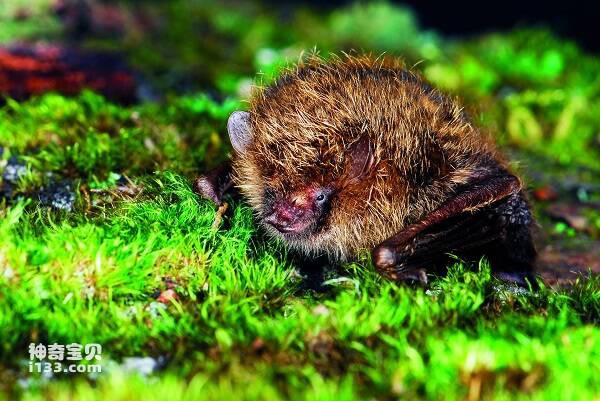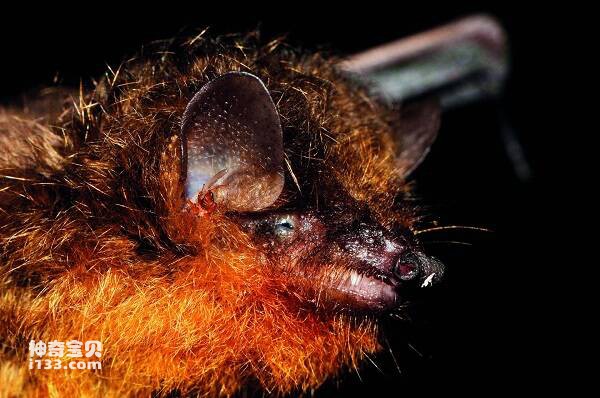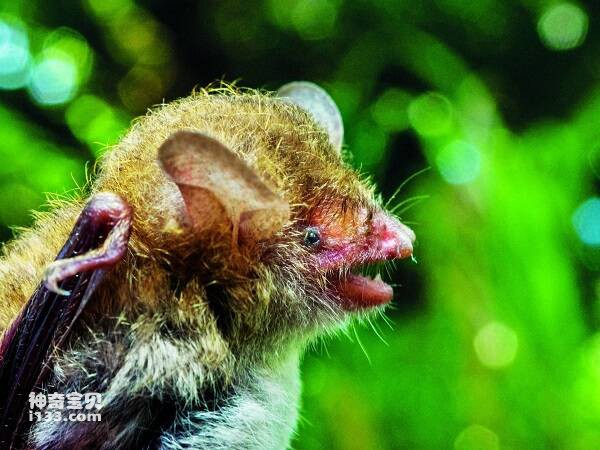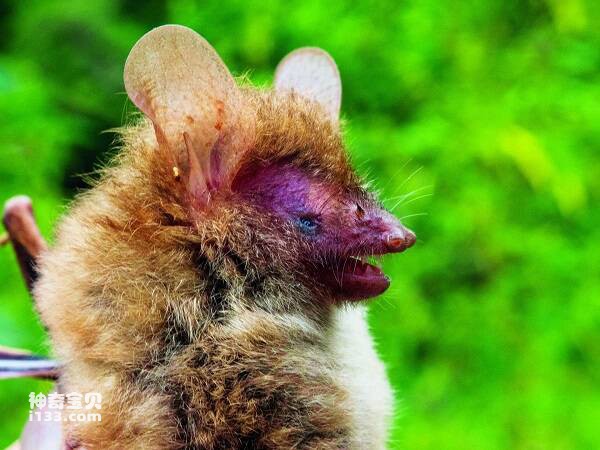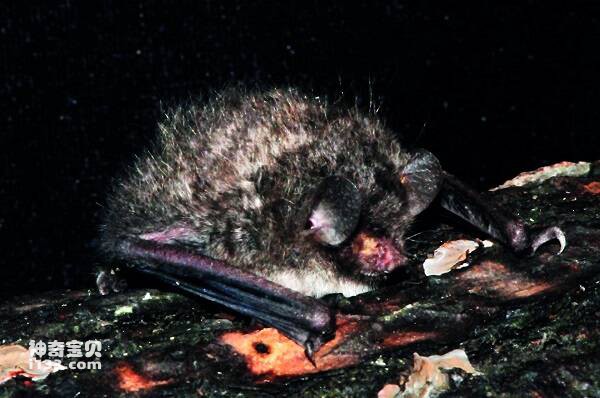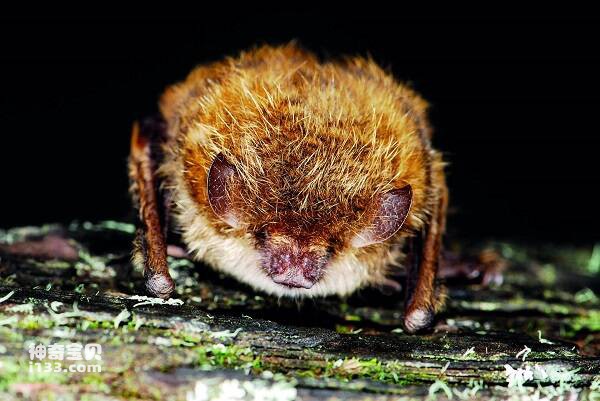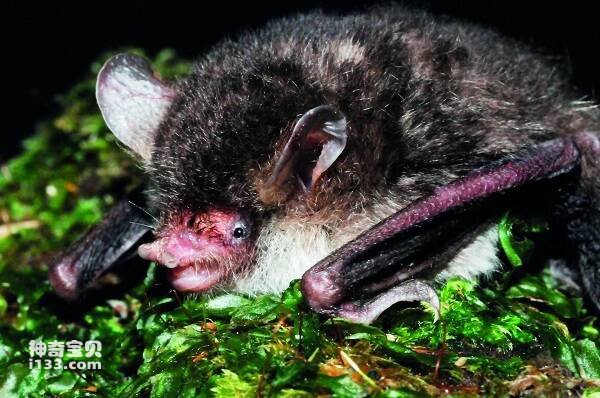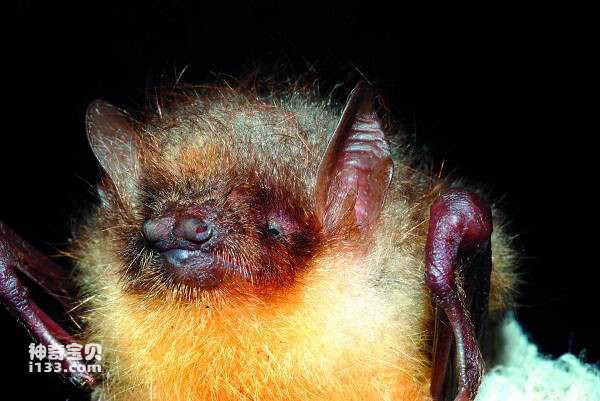Pipistrellus pulveratus
IUCN
LCBasic Information
Scientific classification
- name:Pipistrellus pulveratus
- Scientific Name:Pipistrellus pulveratus,Hypsugo pulveratus
- Outline:Chiroptera
- Family:Chiroptera batidae Pipistrella
Vital signs
- length:40-48mm
- Weight:
- lifetime:
Feature
The ears are triangular in shape, and the body hair is black with a few short sand-colored frost-like hairs, and no obvious penis bone.
Distribution and Habitat
In China it is distributed in Anhui, Shanghai, Fujian, Guangdong, Guangxi, Hong Kong, Hainan, Yunnan, Sichuan, Chongqing, Shaanxi, Hunan, Guizhou and Jiangsu. It is mainly distributed abroad in Vietnam, Laos and Thailand.
Pipistres perches in the cave at an altitude of 400-1900 meters, the light in the cave is slightly darker than that outside the cave, there is no water in the cave, it is dry, and the temperature difference between inside and outside is not large.
Appearance
It's relatively small. Head length 40-48mm. Tail length 33-39mm. Forearm length 33-37mm. Hind foot length 6-8mm. The ears are relatively narrow, slightly whitened at the auricular margin (somewhat similar to, but not as pronounced as in the genus Pipistrella), and the tragus is short and wide, with a height of 1/3 of the ear. The alar membrane is attached to the base of the toe. The penis bones are relatively short, robustly rod-shaped, slightly enlarged at the base and end. The back is dark, almost light blackish-brown, and the tips are a slight golden brown. The ventral coat is relatively light, almost brown, and the tips are a little gray. The skull is low and long, but the cranium is convex, the posterior area is wide, and the supraorbital area is not wide. The rostral process is long but not wide, and its anterior concave is shallow, without middle concave, and the shallow posterior concave is located above the anterior orbital. Cranium slightly protruded, prejaw does not sho
Details
It is a carnivorous bat that hunts in waters or near villages, feeding on insects such as mosquitoes and moths. The population is small, often single or small groups lying in the rock crevices. There are wide-eared Canis bats living in the same hole, and occasionally scattered broken-winged bats.
When it is quiet in February, its carbon dioxide exhalation is relatively high, and it can take off immediately when it is disturbed. In the indoor camera obscura, they do not crowd together, nor scramble, and are relatively quiet. The survival rate in the camera obscura is 100% in a week. When the room temperature is 6.8℃, the disturbed body temperature can rise to 11.6-20.2℃. During hibernation period, the average material consumption of each pipistrella was 1.7 grams, accounting for more than 23% of the original body weight.
The male stems are 9-10 mm long, and the testicles are located at the base of the tail rod and on both sides of the penis. In February, although the seminal vesicle is small and pointed, there are still a large number of swimming sperm in the testis, and the average length of sperm is 70.03±1.38 microns (65.4-77 microns). In February, some female bats had full horns on the right side of the palace, and there was congestion in the palace wall, and some had no significant difference on both sides of the palace horns. Mating occurs in the autumn, and the litter is born in the summer of the following year, with 1-2 offspring per litter.
Pipistrella cineraria is listed on the 2008 IUCN Red List of Threatened Species ver 3.1 - Not Threatened (LC).


